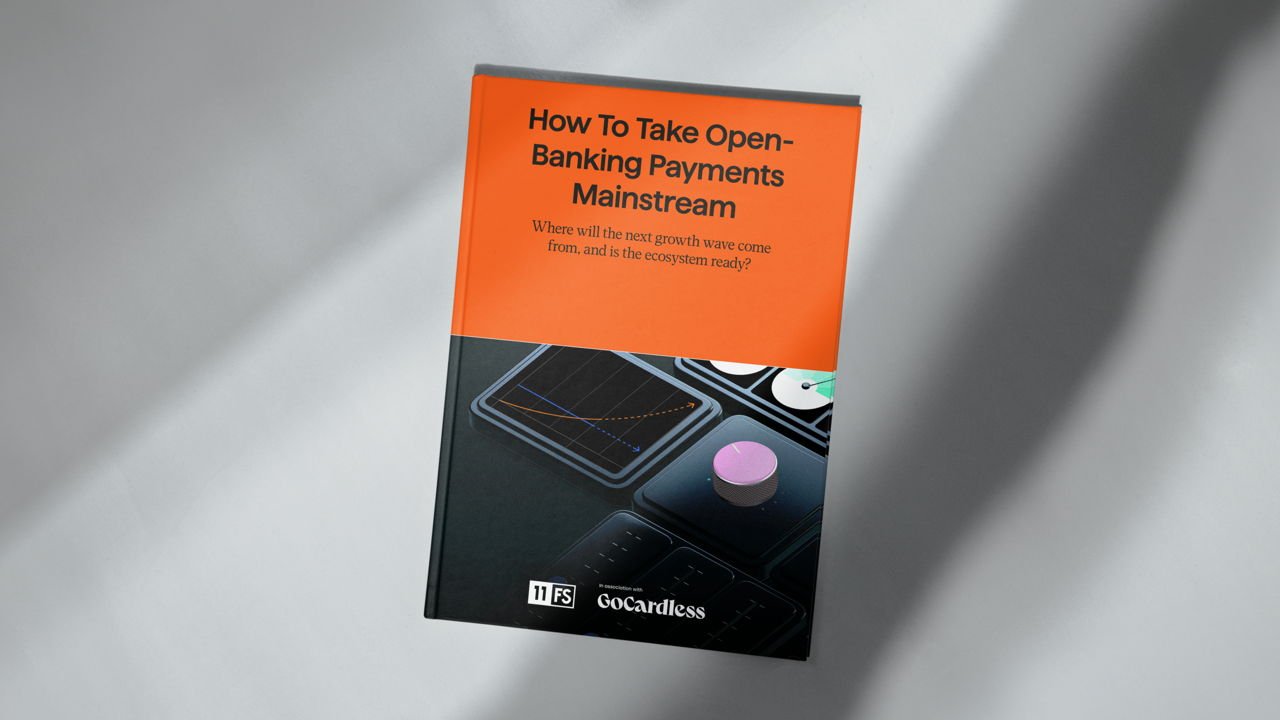"Open banking is a bloody awful name”, according to a fintech executive, who is one of the authors behind a new report into open banking payments.
The report, entitled ‘How to take open-banking payments mainstream’ has been published by UK payments fintech GoCardless, in conjunction with fintech consultancy 11:FS.
Open banking technology is loosely defined as banks and financial institutions opening up data so that fintechs and other third parties can bring new products to market to help provide competition and more consumer choice.
Open banking payments are payment methods which use Application Programming Interfaces (APIs) to carry out bank-to-bank transfers.
With open banking payments, users don’t have to type in card details manually and advocates say open banking payments are quicker, easier and more secure than card payments.
Speaking at a conference called Open Banking Expo about the report, Benjamin Ensor, director of research & strategy, 11:FS, said:
"I don't want to upset everyone at an open banking conference, but open banking is a bloody awful name.
“How many of your partners, your spouses, your friends, have any idea what open banking is? Do you even bother telling them that you work in open banking?
“The main issue is it’s not intuitive, it’s not obvious. Open banking? So that means everyone can get into my bank account. Do I want that?
“We need to come up with a common standard name. So either call it pay-by-bank payments or call it instant bank payments. Pick a name and pick a logo.
“I did come across someone calling it PIS payments. Don’t.”
The report surveyed nearly 1,000 UK businesses, revealing almost a quarter (23 per cent) say they are ‘very familiar’ with open banking.
Nearly half (48 per cent) cite ‘faster payments’ as the biggest advantage of open banking, followed by better visibility into payments (35 per cent) and reduced payment fraud (35 per cent).
It also found that open banking payments adoption is highest in sectors with clear cost savings from card payments, such as credit and lending and others with high-value transactions, and software companies with more recurring, online payments.
The report also predicts that construction, consumer goods and media will be among the next verticals to adopt, with education, professional services, utilities and others following on.
But retailers and hospitality- traditionally businesses with a higher proportion of in-person transactions- are not forecast to introduce open banking payments until at least 2027.
Despite open banking users reaching 10 million earlier this year, the report says mass adoption is not yet on the horizon. The report identified key obstacles currently blocking the way, including the need to further develop open banking infrastructure and improving and harmonising the customer experience.
Paul Stoddart, president, GoCardless, said:
“We’ve been collaborating with regulators and other industry participants to accelerate open banking adoption since its introduction in 2018. After a slow start we are seeing increasing demand from our customers as well as other businesses in the value chain investing in ‘open banking readiness’."



Would you like to write the first comment?
Login to post comments